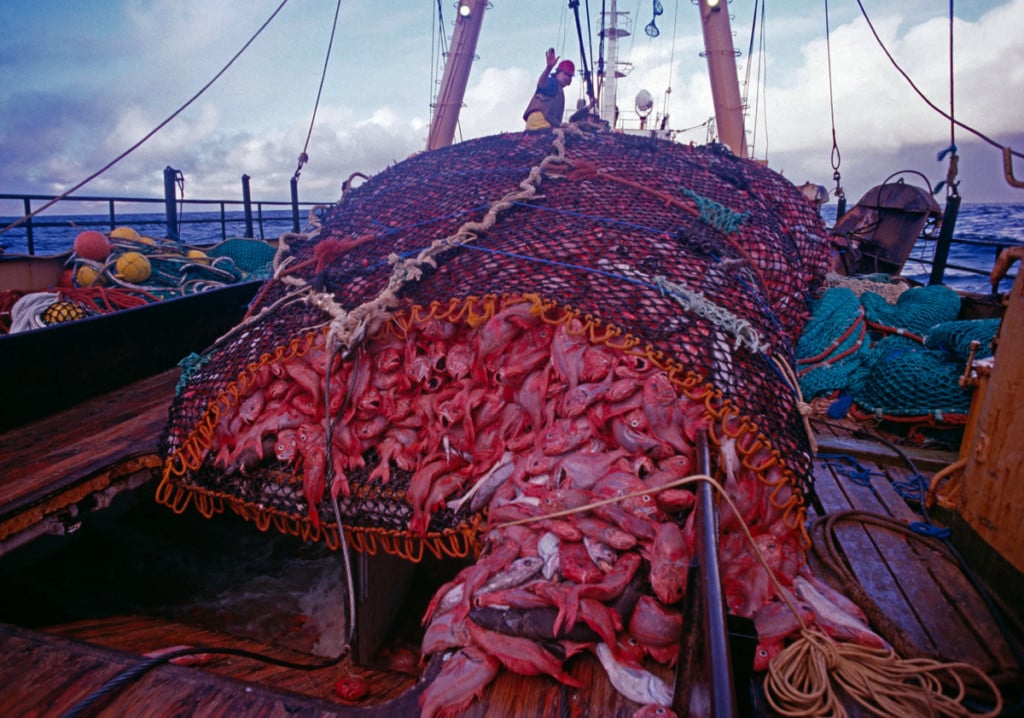Court papers have revealed that Talley’s deepwater fishing division, Amaltal, has shifted the blame for illegally bottom trawling in the Hikurangi Marine Reserve off Kaikōura, a year after the company was found guilty of the breach.
The Amaltal Mariner trawled into the reserve in March 2019, in an area that has been called the “most biologically rich ocean habitat in the world.”
But despite both the skipper and Talley’s being initially found guilty of the illegal trawls, the conviction of the fishing company was set aside by the High Court.
Greenpeace says this ruling shows loopholes that must be closed, to ensure commercial fishing companies don’t get away with trashing protected areas of the ocean.
“What we have seen with Talley’s historically is a pattern of bad behaviour: repeated charges of their vessels illegally trawling in protected areas, followed by attempts to evade responsibility by blaming the skippers or observers,” says Greenpeace’s Ellie Hooper.
“Talley’s has washed their hands of it and taken no responsibility.”
The company is also accused of illegally trawling in a no-trawl zone in the Tasman Sea. This prosecution has still not been completed three years after the offence, and the ship continues to fish.
In January 2021, a further illegal trawl incident by a New Zealand vessel was highlighted at the meeting of the South Pacific Regional Fisheries Management Organisation (SPRFMO), but officials have not released further details.
What information has been shared, suggests a vessel trawling on a seamount likely destroyed a vulnerable marine ecosystem, which may have been the only one of its kind in the area.
Greenpeace says there is a clear pattern of illegality in the bottom trawling industry, with every company given high seas permits this year having been recently convicted of offences.
“The softly-softly approach from the government obviously hasn’t worked,” says Hooper.
“Talley’s and other commercial fishing companies are doing damage to vulnerable parts of the ocean, but are still being issued permits to continue trawling.
“Marine Reserves should protect the most precious and biologically diverse parts of the ocean – like Hikurangi – but this case shows that companies can too easily dodge their responsibilities.”
Greenpeace and the Deep Sea Conservation Coalition (DSCC) are calling for better protection of seamounts from bottom trawl fishing. They demand that:
- Bottom trawling is banned on seamounts and similar features to protect these hotspots for vulnerable marine life.
- The Marine Reserves Act is strengthened to ensure that commercial fishing companies are held accountable for illegal fishing.
- The current Parliamentary inquiry into illegal, unreported and unregulated (IUU) fishing brings our laws up to standard to tackle this threat to the ocean.
- Fisheries New Zealand stops issuing high seas permits to companies that have recently been convicted of illegal fishing.

At home and far out to sea, our oceans are being plundered for profit by the fishing industry through bottom trawling. But what is bottom trawling and why is it so destructive to ocean habitats?
